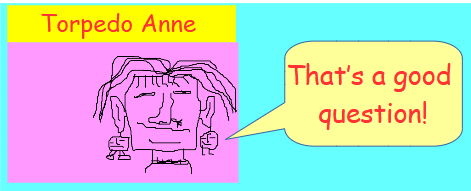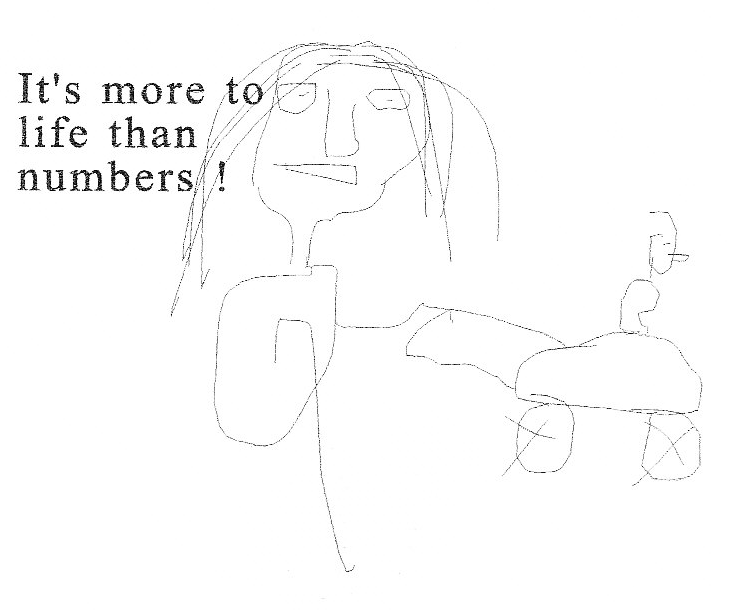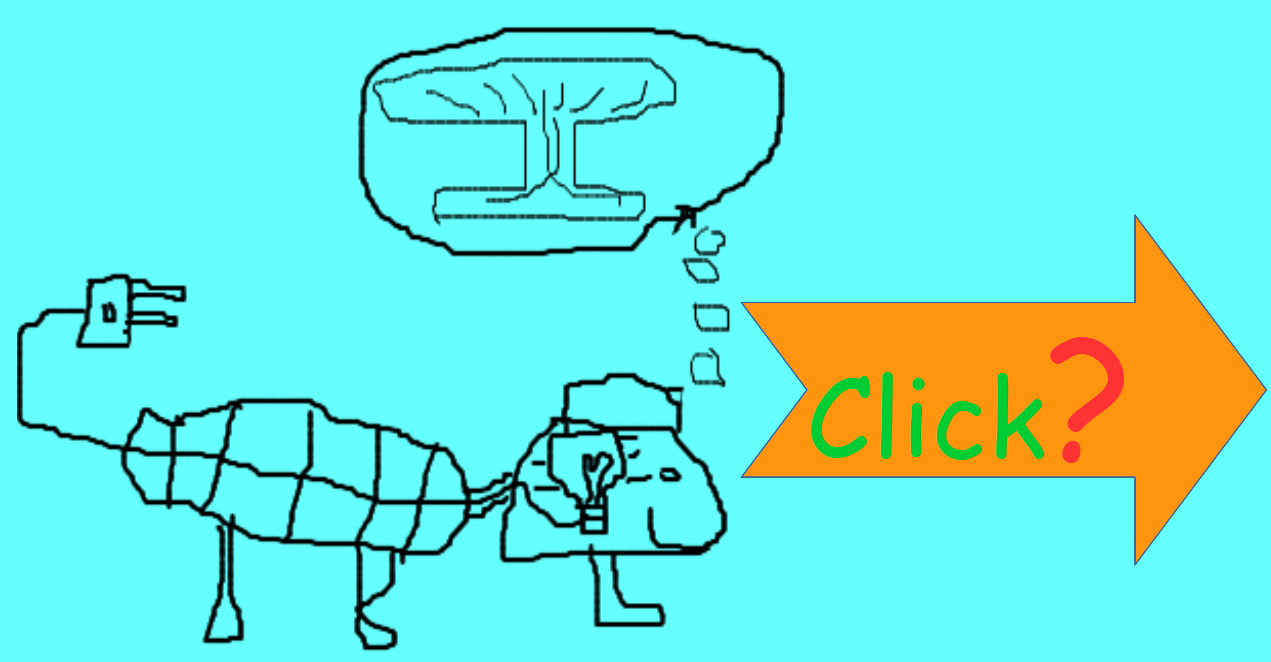page2016 Rings Matthias Lorentzen...mattegrisenforlag.com
Look at the picture beneath, then
scroll down to the question and click the correct Answer button.


Exercises: Ideals , Extensions & Vector Spaces
Exercise
Let us start with an exercise that bridges the concepts of ideals , simple extension fields,
and introduces vector spaces.
Exercise:Exploring a field E as a Vector Space.
Let F = `QQ` be the field of rational numbers. Consider the polynomial
`p(x) = x^2 - 2` `in QQ[x]`.
1. Show that the ideal `I = langle p(x) rangle` generated by p(x) in `QQ[x]` is a maximal ideal.
2. Deduce that the quotient ring `K = QQ[x]"/" I` is a field. This is a simple extension field of `QQ`.
3. Demonstrate that K is a vector space over `QQ`.
4. Find a basis for K as a vector space over `QQ` and determine its dimension.
Detailed Solution (including explanation of Vector Space theory used):
Before we dive into the solution , let us briefly revisit the definition of a Vector Space.
Introduction to Vector Spaces:
A vector space (or linear space) V over a field F is a set V equipped with
two operations:
1. Vector Addition: For any u , v `bb in V` , there is a unique element `bb {u + v in V}`.
2. Scalar Multiplication: For any c `in F` and u `bb {in V}` , there is a unique element
`c bb {u in V}`.
Continuing:
Solution:
Let us adress each part of the exercise:
1. Show that the ideal `I = langle p(x) rangle` generated by p(x) in `QQ[x]` is a maximal ideal.QED
2. Deduce that the quotient ring `bb {K = QQ[x]"/"I}` is a field.
QED
Connecting `K = QQ[x]"/"langle x^2 - 2 rangle to QQ(sqrt 2)`:
The field `bb {QQ(sqrt 2)}` is defined as the smallest field containing `QQ` and `sqrt 2` , its elements
are of the form `bb {a + b sqrt 2}` , where `a , b in QQ`. Let us see how the elements of K map
directly to elements of `QQ(sqrt 2)`.
Consider the element x + I in K. What does it represent? Since we are working modulo `x^2 - 2` ,
the relation `x^2 = 2 (mod x^2 - 2)` means that the square of the element is 2 + I.
So `(x + I)(x + I) = x^2 + I = 2 + I`. Meaning the element x + I in K behaves exactly like
`sqrt 2 in QQ(sqrt 2)`. It's an element whose square is 2.
Let us denote `alpha = x + I`. Then `alpha^2 = 2`. Any element (ax + b) + I in K can be written as
a(x + I) + b(1 + I). If we identify 1 + I with the rational number 1 (which is consistent
, as q + I behaves like q for q in `QQ`) , then we can write `a(x + I) + b(1 + I) = a alpha + b`.
So , the elements of K are of the form `a alpha + b` where `alpha` is an abstract element such
that `alpha^2 = 2`. If we map `alpha to sqrt 2` , then `a alpha + b to a sqrt 2 + b`.
Question
When considering the field `K = QQ[x]"/"langle x^2 - 2 rangle` as a vector space over `QQ` , which of the following statements correctly identifies a basis for K and its dimension:
A) A basis is { 1 , x } , and the dimension of K over `QQ` is 2.
B) A basis is { 1 , x , `x^2` } , and the dimension of K over `QQ` is 3
?
